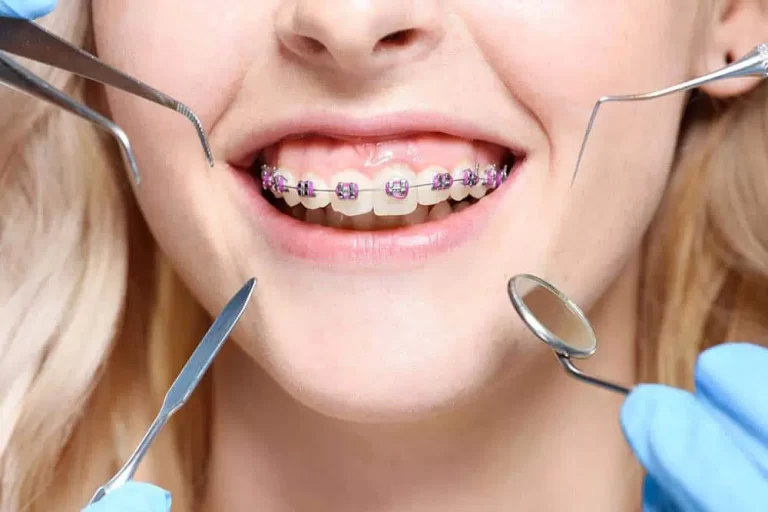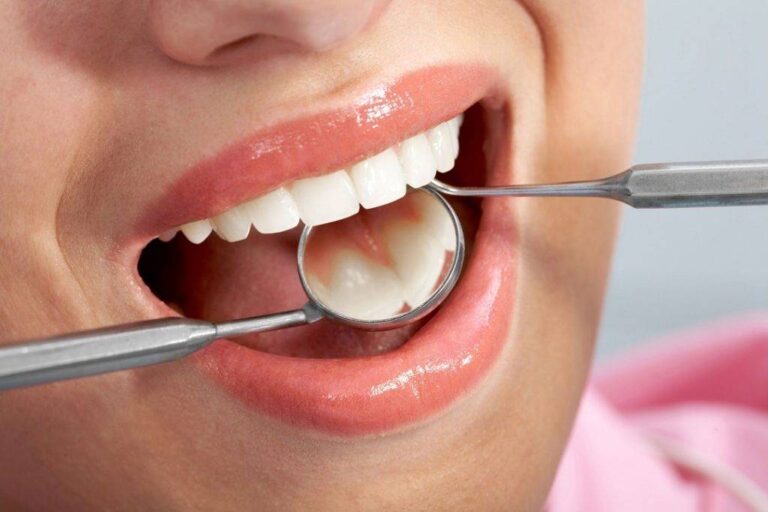Most people believe orthodontic treatment should begin in the teens once permanent teeth have grown in. Recent child development research has changed that. Read on to know more from a dentist in San Diego, CA.
However, an orthodontist should still examine the youngster to rule out any preexisting issues and determine if the timing of any orthodontic treatment is appropriate. The orthodontist will detect issues and set a treatment schedule. Early orthodontic treatment can be done before jaw development makes it tougher to repair.
Early Orthodontics Benefits
Orthodontists can spot problems early with early orthodontic examination. The orthodontist will be able to solve problems more quickly and easily, cutting down on the child’s time in treatment and his or her potential discomfort.
Early orthodontic treatment can benefit your 7-year-old:
- Preparing for New Teeth
Your child’s permanent teeth may crowd their mouth. Teeth may emerge at strange angles. Early orthodontic treatment creates space for new teeth.
This is significantly simpler to accomplish when adult teeth are still erupting. If you wait until your child’s permanent teeth are crowded in his or her mouth, additional teeth may need to be shifted (or possibly pulled), increasing the complexity of the procedure and the child’s discomfort.
- Addressing Other Dental Concerns
Your youngster may have dental issues beyond crowding. There may be a problem if they have trouble closing their lips comfortably, moving or protruding their jaw, chewing, or speaking.
It is time for an orthodontic visit, preferably soon.
- Teaching Oral Hygiene
Orthodontists can encourage parental practices. An orthodontist can talk to a youngster about the dangers of not brushing their teeth or sucking their thumb and how to avoid them.
Kids tend to listen to authoritative individuals outside their immediate family, even if they say the same things as their parents.
- Getting the Best Smile Early
Crooked teeth and other aesthetic concerns may make your youngster self-conscious as they age. Your child can have a gorgeous grin before prom photos, dancing on stage, or campaigning for class president by addressing such issues early.
- Early Orthodontic Treatment Planning
Early orthodontic treatment is best. It varies by child, but usually before they cease developing. Early orthodontic evaluations allow for timely treatment planning. When your child is 7 years old, you can work with an orthodontist to design braces. Planning for braces usually entails monthly visits to the orthodontist to monitor tooth growth. Braces at 7 are rare but not impossible.
- Be Calm
You may worry about your child’s crooked teeth. You may worry about your child’s thumb-sucking habit and whether they will cease on their own. Your child’s early orthodontic assessment can address these and other difficulties. You can acquire answers for peace of mind concerning your child’s oral health.
It is wonderful to know whether your 7-year-old needs braces.


